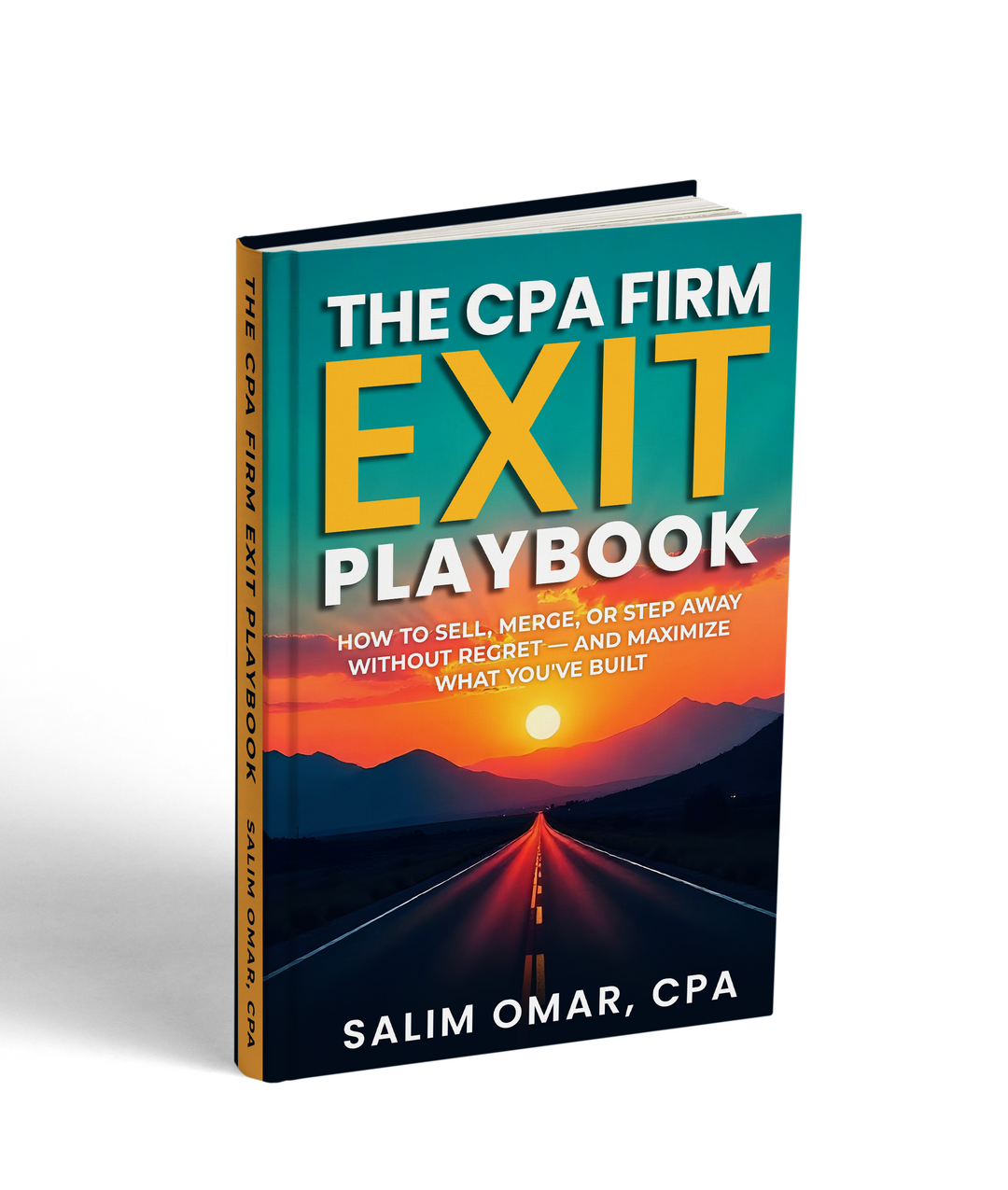Should Your CPA Firm Go Virtual? The Real Pros and Cons

The Roadmap You Wish You Had 5 Years Ago

The CPA Firm Exit Playbook gives you proven strategies to maximize value, avoid common pitfalls, and transition on your own terms.
When I transitioned Straight Talk CPAs to a virtual model years ago, I’ll admit I was nervous.
Would clients adapt?
Would my team buy in?
Would we lose the personal touch?
But making the leap turned out to be one of the best moves I ever made — for my stress levels, my clients, and ultimately the value of my firm.
Today, as more firms consider going virtual, I want to lay out the real pros and cons so you can make the decision with eyes wide open.
The Pros of Going Virtual
1. Higher Valuation
Buyers love portable, systematized firms. A physical-office practice might sell for around
1.0x revenues, while a well-run virtual firm could command
1.4x–1.5x.
Example: A $750,000 firm at 1.0x = $750,000.
The same firm, if virtual, at 1.4x =
$1,050,000.
That’s a $300,000 difference in the owner’s pocket.
2. Larger Talent Pool
Virtual firms can hire beyond their zip code, which means access to top talent who want flexibility.
One owner I worked with hired a senior tax manager in another state — someone he’d never have reached in a traditional setup.
3. Efficiency + Scalability
Cloud-based systems, automation, and virtual workflows reduce manual work and allow firms to scale without adding overhead.
4. Client Convenience
Clients increasingly expect digital portals, remote meetings, and faster turnaround. A virtual model not only meets those expectations, but it can also exceed them.
The Cons of Going Virtual
1. Culture + Connection Challenges
It takes extra effort to keep a remote team engaged. Without the watercooler moments, communication and morale require intentionality.
2. Client Resistance
Not every client is ready to give up in-person meetings. Some long-time clients may prefer “old school” relationships, and you could risk losing a few.
3. Technology Investment + Training
Going virtual requires upfront costs: cloud systems, security, and training staff. And if people aren’t tech-comfortable, adoption can lag.
4. Blurred Boundaries
For some owners and staff, working from home can make it harder to “turn off” — creating new kinds of stress if not managed well.
Final Thought
Going virtual isn’t just about technology — it’s about building a firm that’s leaner, more valuable, and aligned with the future of the profession.
But it’s not for everyone. The question is: do the pros outweigh the cons for you?

About Salim Omar, CPA
Salim Omar is the founder of Straight Talk CPAs and creator of the CPA Exit Accelerator™. With nearly 30 years of experience building, reinventing, and guiding firms, Salim helps retirement-minded CPA firm owners create a smooth, profitable, and purposeful transition — without stress or regret.
